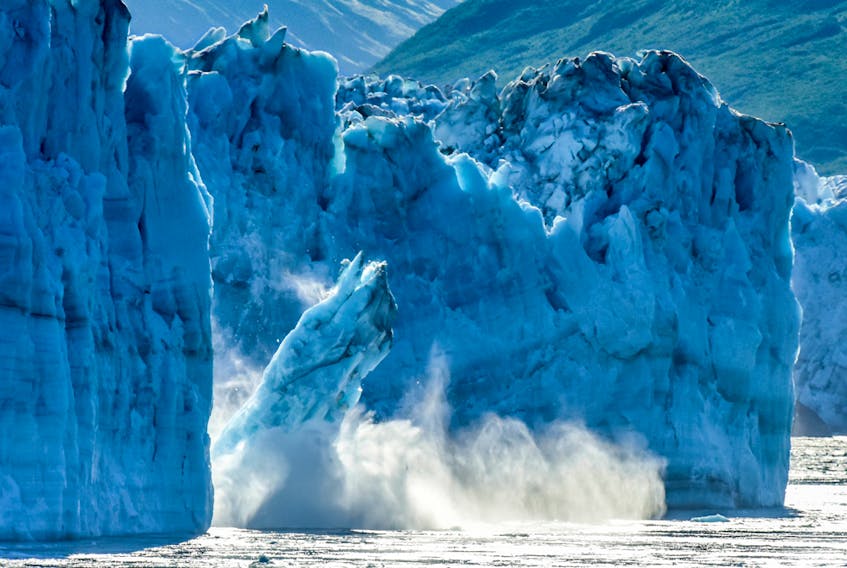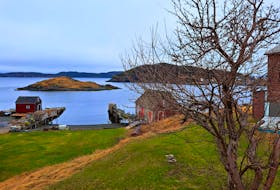Out of sight is quickly out of mind.
It’s sad, but true.

Greenland’s far away from everywhere, and though many people probably took note of the massive melt of Arctic ice — an estimated 22 billion tons in a 24-hour period on Thursday alone, 10 billion tons on Wednesday — it’s the sort of news story that seems like a blip on the global radar, even though the melt is so huge that its potential effects aren’t fully understood yet.
Because it’s ice in a place most people haven’t been to, and may not ever get to, the ice is melting in volumes so large that the numbers are almost inconceivable. I mean, 22 billion tons of ice melt is comparable to 8.8 million Olympic swimming pools — what does that even mean?
I think it’s much easier to view the change we’re facing by making it smaller and more local — one person, one clear-cut experience.
I think of Andrew Nikiforuk and Alberta’s Peyto glacier.
Andrew’s one of Canada’s best environmental reporters, anchored in Alberta, a thoughtful, charming man with a booming, infectious laugh. Literally hours after I met him in July of 2004 in Banff, we were on a dry Bow River trail and he was first rubbing mountain sage between his fingertips, then poking a pile of bear crap with a stick before stating sternly, “Pretty fresh stuff,” and looking warily around the flat river meadow in all directions to ensure we didn’t have company.
We were both in a program working on long-form magazine pieces; mine later became a book about volunteer firefighting. But part of his research involved on-the-ground research into receding Rocky Mountain glaciers. Nikiforuk’s the kind of guy who actually has favourite glaciers, and one of his was the Peyto glacier, which he would talk about regularly.
“I’m going to go up and see it — you should come, too,” he said.
Remember, this is 15 years ago, when climate change was far from everyday discussion.
He had a big old Toyota four by four, it was about 100 kilometres away. Big bright open Alberta sky, a sunny, hot day.
He had travelled to where the glacier had been a few years before, only to find gravel and no sign that the glacier even existed.
At the last moment, though, I decided not to go, and I don’t know now whether I’m glad or sad that I didn’t — because he came back shaken to the core.
At first, he couldn’t find it. Couldn’t find a favourite glacier he had been to many times.
He had travelled to where the glacier had been a few years before, only to find gravel and no sign that the glacier even existed.
He wrote this about it later: “Only after crossing a log bridge, scrambling up a moraine, climbing for another kilometre and entering a broad alpine bowl did I finally spy it: a gnarly and unhealthy block of ice not much more than a kilometre long and gushing like an open fire hydrant.”
I know he wanted to take his kids there, so that they could see it before it was gone. They were teenagers then. I know he was firmly convinced the glacier could be gone by the time they were in their 30s.
Remember: Andrew’s an environmental writer. Climate change was already firmly on his radar in 2004 — and even though it was, he could be staggered by the effects when they were right in front of him.
The Peyto glacier is a crucial source of water for the Mistaya and North Saskatchewan rivers. Yet, even as close as downstream, it may well be that people who depend on the river’s water don’t know that 70 per cent of the glacier has vanished in just 50 years.
One person, one experience. People recognize the full effect only when the experience arrives on their doorstep, far too late to do anything about it.
Russell Wangersky’s column appears in 36 SaltWire newspapers and websites in Atlantic Canada. He can be reached at [email protected] — Twitter: @wangersky.
MORE FROM RUSSELL WANGERSKY








